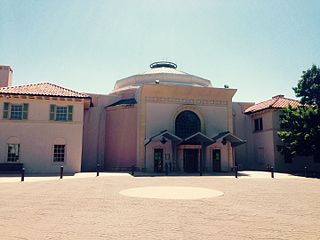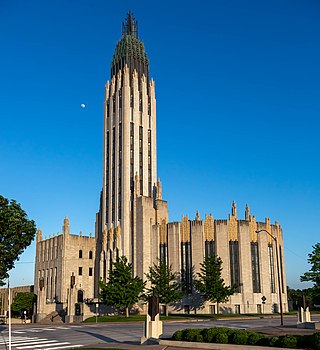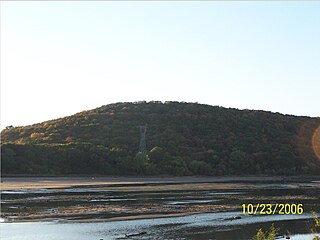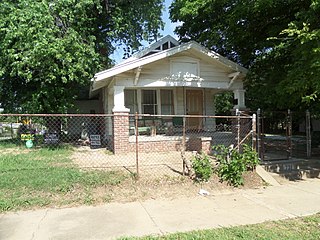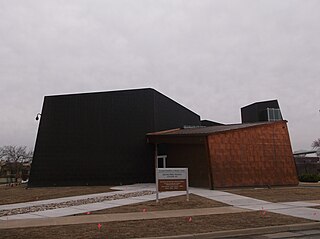11 Sights in Tulsa, United States (with Map and Images)
Legend
Welcome to your journey through the most beautiful sights in Tulsa, United States! Whether you want to discover the city's historical treasures or experience its modern highlights, you'll find everything your heart desires here. Be inspired by our selection and plan your unforgettable adventure in Tulsa. Dive into the diversity of this fascinating city and discover everything it has to offer.
Sightseeing Tours in TulsaActivities in Tulsa1. Tulsa Zoo
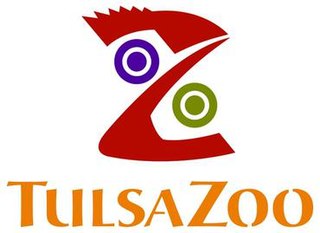
The Tulsa Zoo is an 84-acre (34 ha) zoo located in Tulsa, Oklahoma, United States. The Tulsa Zoo is owned by the City of Tulsa but since 2010 has been privately managed by Tulsa Zoo Management, Inc. The zoo is located in Mohawk Park, one of the largest municipal parks in the United States. The zoo is run as a non-profit.
2. Philbrook Museum of Art
Philbrook Museum of Art is an art museum with expansive formal gardens located in Tulsa, Oklahoma. The museum, which opened in 1939, is located in a former 1920s villa, "Villa Philbrook", the home of Oklahoma oil pioneer Waite Phillips and his wife Genevieve. Showcasing nine collections of art from all over the world, and spanning various artistic media and styles, the cornerstone collection focuses on Native American art featuring basketry, pottery, paintings and jewelry.
3. Boston Avenue United Methodist Church
The Boston Avenue United Methodist Church, located in downtown Tulsa, Oklahoma, and completed in 1929, is considered to be one of the finest examples of ecclesiastical Art Deco architecture in the United States, and has been placed on the National Register of Historic Places. Built by a congregation of the Methodist Episcopal Church, South, it was designated a National Historic Landmark in 1999. It has 15 floors.
4. Gilcrease Museum
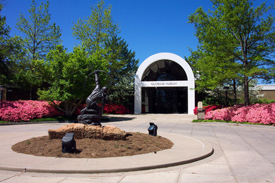
Gilcrease Museum, also known as the Thomas Gilcrease Institute of American History and Art, is a museum northwest of downtown Tulsa, Oklahoma housing the world's largest, most comprehensive collection of art of the American West, as well as a growing collection of art and artifacts from Central and South America. The museum is named for Thomas Gilcrease, an oil man and avid art collector, who began the collection. He deeded the collection, as well as the building and property, to the City of Tulsa in 1958. Since July 1, 2008, Gilcrease Museum has been managed by a public-private partnership of the City of Tulsa and the University of Tulsa. The Helmerich Center for American Research at Gilcrease Museum was added in 2014 at a cost of $14 million to provide a secure archival area where researchers can access any of the more than 100,000 books, documents, maps and unpublished materials that have been acquired by the museum.
5. Turkey Mountain Urban Wilderness Area
Turkey Mountain Urban Wilderness Area is an approximately 738-acre (299 ha) wilderness park in Tulsa in the US state of Oklahoma. It is managed by the Tulsa River Parks Authority and open to the public. The main entrance is at 67th Street and Elwood Avenue in West Tulsa.
Wikipedia: Turkey Mountain Urban Wilderness Area (EN), Website
6. Tulsa Theater
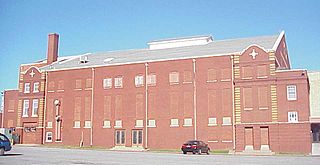
The Tulsa Theater is a theater and convention hall located in Tulsa, Oklahoma. It was originally completed in 1914 and remodeled in 1930 and 1952. The building was used as a detention center during the 1921 Tulsa race massacre. It is listed on the National Register of Historic Places and remains in use as a theater today. The theater was previously named after W. Tate Brady but was renamed in 2019 due to Brady's affiliation with the Ku Klux Klan.
7. The Outsider's House
The Outsiders House Museum is a museum in Tulsa, Oklahoma, about Francis Ford Coppola's coming-of-age movie,The Outsiders (1983), and the 1967 novel by the same name it adapts by S. E. Hinton. It aims to preserve the house which served as the primary film set for the Curtis Brothers. The museum was created by hip-hop artist Danny Boy O'Connor, who is a long-time fan of The Outsiders.
8. Atlas Life Building

The Atlas Life Building is a historic twelve-story building in downtown Tulsa, Oklahoma. Designed by the firm Rush, Endacott and Rush, the building was completed in 1922. It is located at 415 S. Boston Avenue, sandwiched between the Philtower and Mid-Continent Tower. On May 19, 2009, it was added to the U.S. National Register of Historic Places. Originally an office building, it was converted to hotel use in 2010.
9. First Presbyterian Church
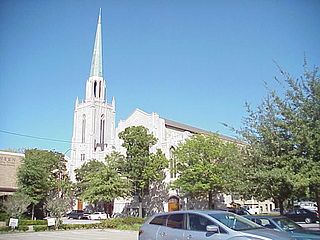
The First Presbyterian Church of Tulsa was organized in 1885 in Creek Nation, Indian Territory, before statehood. It originally met in the store owned by brothers James M. Hall and Harry C. Hall, and was served by itinerant, circuit-riding ministers.
10. Ambassador Hotel
General Patrick Hurley opened the Ambassador Hotel in 1929, intending it to be a luxury "extended stay" residence for Tulsa businessmen, who were building mansions that were not yet ready for occupancy. Hurley never stayed in the hotel he founded. He moved to Washington, D. C. in March 1929, after President Herbert Hoover chose him to be Secretary of War, after the death of the previous Secretary, who died in December 1929. Hurley never returned to Tulsa.
11. Sherwin Miller Museum of Jewish Art
The Sherwin Miller Museum of Jewish Art (SMMJA) in Tulsa, Oklahoma, was founded in 1966 as the Gershon & Rebecca Fenster Museum of Jewish Art. From its inception until 1998, Tulsa's Congregation B'nai Emunah Synagogue housed the museum. Sherwin Miller was the museum's first curator. In 2000, the museum was renamed the Sherwin Miller Museum, and it moved to its present location at 2021 E 71st St in Tulsa, OK 74136 on the Zarrow Campus of the Jewish Federation of Tulsa in November 2004. The Sherwin Miller Museum, which houses the largest collection of Jewish art in the Southwestern United States, received accreditation by the American Alliance of Museums in 2013.
Wikipedia: Sherwin Miller Museum of Jewish Art (EN), Website
Share
How likely are you to recommend us?
Disclaimer Please be aware of your surroundings and do not enter private property. We are not liable for any damages that occur during the tours.
